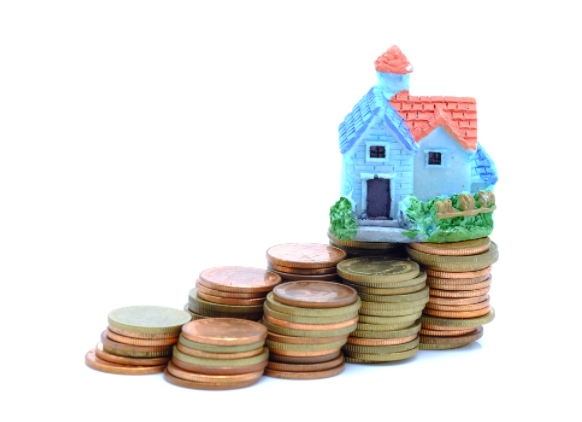During the past 12 months, house prices in the UK have risen by an average of +4.5% nationwide, a similar rate of inflation to that of 2015. All UK regions experienced house price growth to varying degrees, most notably East Anglia which saw its biggest increase since 2010 (+10%). (source: The Telegraph)
Surprisingly, house price growth in London fell sharply compared with the previous year, going from +12% in 2015 to +3.7% this year. This meant that, for the first year since 2008, house price growth in London actually fell below the UK average.
On the whole, the rise in house prices is being attributed to a national supply squeeze. Fewer homes on the market mean that the cost is still rising steadily, despite other pressures on affordability. This made 2016 a particularly challenging year for first-time buyers.
With the new year now upon us, housing experts are looking ahead to 2017 in an attempt to forecast what’s on the horizon for the property market over the next 12 months.

Even though the general feeling of uncertainty is definitely still there, the prevailing thought among many housing experts is that house price growth will slow down compared to 2016.
As the knock-on effect of Brexit continues to unravel, it’s difficult to predict a precise rate of growth with any real conviction. However, it’s more than likely that house prices will continue to rise, though at a slower rate than what we’ve seen in 2016.
Anyway, we feel it won’t be long before we see the impact of low mortgage rates, low supply and low foreign investment in the housing market post-Brexit – but the nature of that impact remains to be seen. Perhaps a slightly easier prediction is that there will likely be no silver bullet for first-time buyers looking to get their first foot on the property ladder.
Representative 28.96% APRC (Variable)
For a typical loan of £26,600 over 180 months with a variable interest rate of 19.56% per annum, your monthly repayments would be £484.00. This includes a Product Fee of £2,660.00 (10% of the loan amount) and a Lending Fee* of £763.00, bringing the total repayable amount to £87,030.00. Annual Interest Rates range between 11.7% to 46.5% (variable). Maximum 50.00% APRC. *Lending Fee varies by country: England & Wales £763, Scotland £1,051, Northern Ireland: £1,736.
Think carefully before securing debts against your home may be repossessed if you do not keep up repayments on your mortgage or any other loan secured against it. If you are thinking of consolidating existing borrowing, you should be aware that you may be extending the terms of the debt and increasing the total amount you repay.

